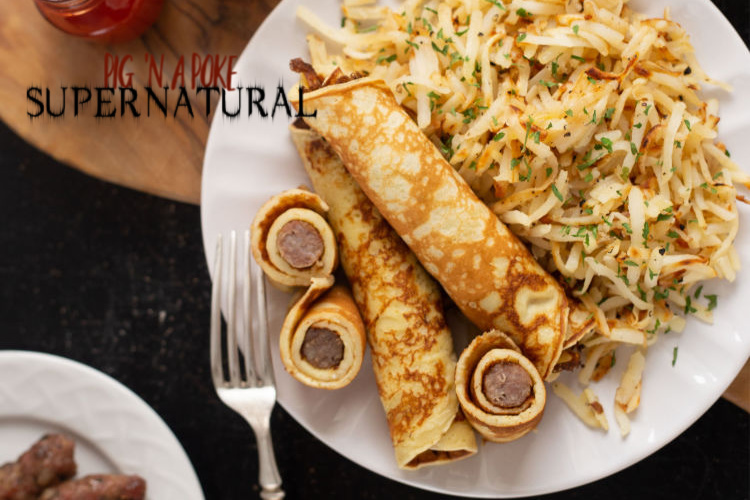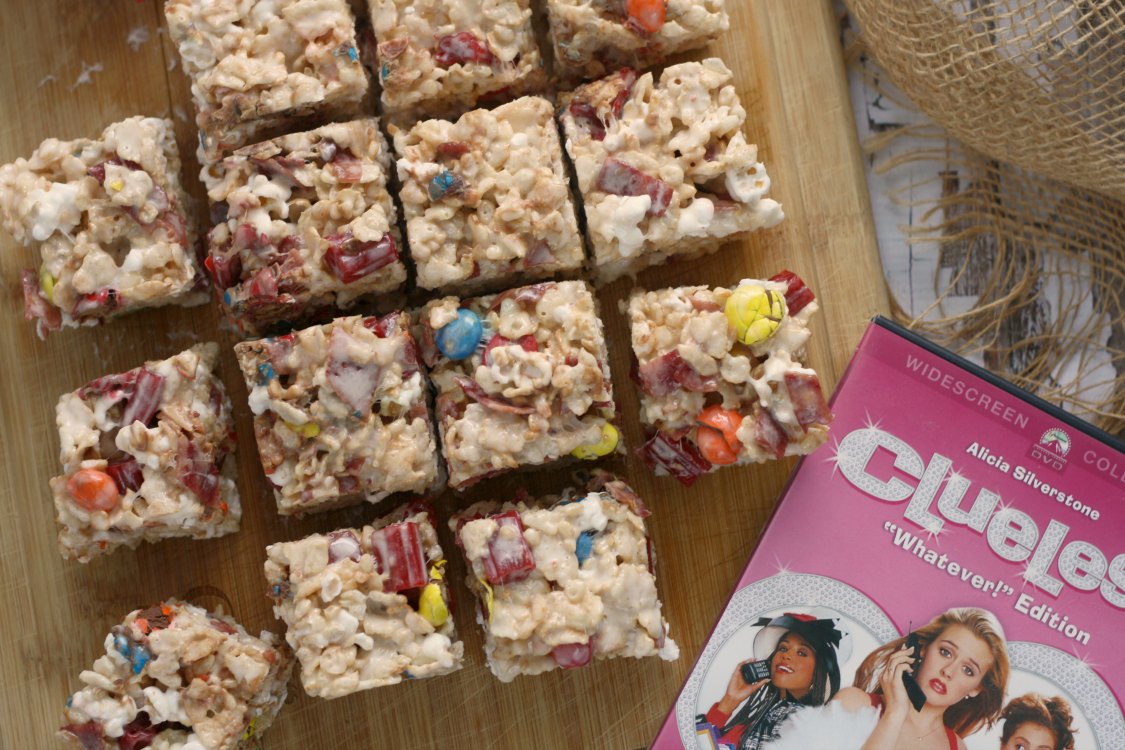 It seems like it has been a while since I received a recipe from Cook's Country to test, but I finally opened up my inbox to find one waiting for me. This always gets my motor going because (as I've mentioned before) I've worked in a test kitchen in the past and wouldn't mind working in one again. It's always satisfying to work with a set of ingredients to find just the right amounts and combinations of each component to make that "perfect" recipe. This time the test recipe was Swiss Steak.
It seems like it has been a while since I received a recipe from Cook's Country to test, but I finally opened up my inbox to find one waiting for me. This always gets my motor going because (as I've mentioned before) I've worked in a test kitchen in the past and wouldn't mind working in one again. It's always satisfying to work with a set of ingredients to find just the right amounts and combinations of each component to make that "perfect" recipe. This time the test recipe was Swiss Steak.I'm not really that familiar with Swiss Steak, to tell you the truth. Yes, I've heard of it...I've probably even eaten some at one point in my life, but it must not have been that memorable (because I don't remember it). I always picture cube steak mmmm...which always leads to thoughts of chicken fried steak...but, I don't know much beyond that. Make some sort of pan gravy from the drippings...but what goes into it? What is the flavor profile?
The "swiss" in Swiss Steak refers not to the country of Switzerland, but instead to the process of swissing. Swissing involves taking a rather tough cut of meat (usually the round in this case) and tenderizing it. This is done by either pounding it thin or running it through a meat-tenderizing machine (like a Jaccarder)...that consists of a bunch of tiny razor-sharp blades...that punches holes through the meat, breaking down all of those tough connective tissues. I mean, look at where the round is located...
 Meat Cuts diagram found on Wikipedia
Meat Cuts diagram found on Wikipedia
...the hip is probably one of the most exercised parts of the cow...all that pasture walking (think muscle build-up)...it's not nice and un-used and cradled in a protective layer like the tenderloin is. The process then looks to braising this tenderized meat as a way of further breaking down the connective tissues. It takes a little work and some cooking time to make this cut fall apart. But once you've taken that time, man is it worth it!
This is the goal set forth in the testing of this method of making Swiss Steak (by the Cook's Country test kitchen): Most Swiss Steak recipes start by pounding tough (and in our opinion) flavorless round steak before flouring, browning, and braising the meat until tender. But all this work is hardly worthy the mediocre results. Instead, we cut our own steaks from a top blade roast, an inexpensive and flavorful cut from the shoulder of the steer. Though a bit of basic butchery is required for this roast, there is no pounding or flouring necessary. For the sauce, we wanted our steaks smothered in a tasty, satiny, just-thick-enough sauce chock full of onions and tomatoes.
SWISS STEAK
If you cannot find a whole top blade roast, substitute eight 1-inch thick blade steaks. Blade steaks are cut from the top blade roast. Though they contain an unsightly line of gristle that runs through their center, it is not unpleasant to eat.
adapted from Cook's Country
Serves 6
1 (3½- to 4-pound) boneless top blade roast
Salt and pepper
2 tablespoons vegetable oil
1 onion, sliced
3 garlic cloves, minced
½ teaspoon dried thyme
2 tablespoons tomato paste
1 tablespoon all-purpose flour
1 (14.5-ounce) can diced tomatoes
1½ cups low-sodium chicken broth
1 tablespoon sun-dried tomatoes packed in oil, patted dry and minced I used dry packed-no oil
1 tablespoon finely chopped fresh parsley
Okay, I'm going to begin by showing you the method used to butcher the blade roast...(don't be alarmed by the home-butchery, it's really quite simple!!). Arrange roast on cutting board and cut crosswise into half. Cut each half in half to yield 4 equal pieces. Turn each piece on its side to expose the line of gristle that runs through the center of the roast. Slice through meat on either side of gristle to yield two “steaks.” Repeat with remaining 3 pieces of blade roast to yield 8 total steaks.
Repeat with remaining 3 pieces of blade roast to yield 8 total steaks.
 Okay, that was the hard part...on to the easy stuff...
Adjust oven rack to middle position and heat oven to 300 degrees.
Okay, that was the hard part...on to the easy stuff...
Adjust oven rack to middle position and heat oven to 300 degrees.
This is the goal set forth in the testing of this method of making Swiss Steak (by the Cook's Country test kitchen): Most Swiss Steak recipes start by pounding tough (and in our opinion) flavorless round steak before flouring, browning, and braising the meat until tender. But all this work is hardly worthy the mediocre results. Instead, we cut our own steaks from a top blade roast, an inexpensive and flavorful cut from the shoulder of the steer. Though a bit of basic butchery is required for this roast, there is no pounding or flouring necessary. For the sauce, we wanted our steaks smothered in a tasty, satiny, just-thick-enough sauce chock full of onions and tomatoes.
SWISS STEAK
If you cannot find a whole top blade roast, substitute eight 1-inch thick blade steaks. Blade steaks are cut from the top blade roast. Though they contain an unsightly line of gristle that runs through their center, it is not unpleasant to eat.
adapted from Cook's Country
Serves 6
1 (3½- to 4-pound) boneless top blade roast
Salt and pepper
2 tablespoons vegetable oil
1 onion, sliced
3 garlic cloves, minced
½ teaspoon dried thyme
2 tablespoons tomato paste
1 tablespoon all-purpose flour
1 (14.5-ounce) can diced tomatoes
1½ cups low-sodium chicken broth
1 tablespoon sun-dried tomatoes packed in oil, patted dry and minced I used dry packed-no oil
1 tablespoon finely chopped fresh parsley
Okay, I'm going to begin by showing you the method used to butcher the blade roast...(don't be alarmed by the home-butchery, it's really quite simple!!). Arrange roast on cutting board and cut crosswise into half. Cut each half in half to yield 4 equal pieces. Turn each piece on its side to expose the line of gristle that runs through the center of the roast. Slice through meat on either side of gristle to yield two “steaks.”
 Repeat with remaining 3 pieces of blade roast to yield 8 total steaks.
Repeat with remaining 3 pieces of blade roast to yield 8 total steaks.
 Okay, that was the hard part...on to the easy stuff...
Adjust oven rack to middle position and heat oven to 300 degrees.
Okay, that was the hard part...on to the easy stuff...
Adjust oven rack to middle position and heat oven to 300 degrees.
Pat steaks dry with paper towels and season with salt and pepper. Heat 1 tablespoon oil in large skillet over medium-high heat just until smoking. Brown 4 steaks, about 3 minutes per side. Transfer to plate and repeat with remaining oil and steaks. Add onion and cook over medium heat until softened, about 5 minutes. Add garlic, thyme, tomato paste, and flour and cook until fragrant, about 1 minute.
 Stir in diced tomatoes and broth and bring to boil. Return steaks and any accumulated juices to pan.
Stir in diced tomatoes and broth and bring to boil. Return steaks and any accumulated juices to pan.
 Roast, covered, until steaks are fork-tender, 2 to 2½ hours. Let rest 5 minutes, then skim any fat from surface I actually didn't skim any fat...didn't really see the need as there wasn't much visible. Stir in parsley and sun-dried tomatoes.
Roast, covered, until steaks are fork-tender, 2 to 2½ hours. Let rest 5 minutes, then skim any fat from surface I actually didn't skim any fat...didn't really see the need as there wasn't much visible. Stir in parsley and sun-dried tomatoes.
 Season with salt and pepper. Serve.
Season with salt and pepper. Serve.
 All I can tell you is Oh My Goodness Gracious...this is tender and full of flavor and just plain AMAZING!!! My household is going to go from one that was basically neutral on the whole concept of Swiss Steak (wink wink)...to one that fully supports it!
All I can tell you is Oh My Goodness Gracious...this is tender and full of flavor and just plain AMAZING!!! My household is going to go from one that was basically neutral on the whole concept of Swiss Steak (wink wink)...to one that fully supports it!
 Look at it!! It is fork tender...pair it with a baked potato and that is one satisfying meal. Another winner from Cook's Country.
Look at it!! It is fork tender...pair it with a baked potato and that is one satisfying meal. Another winner from Cook's Country.




